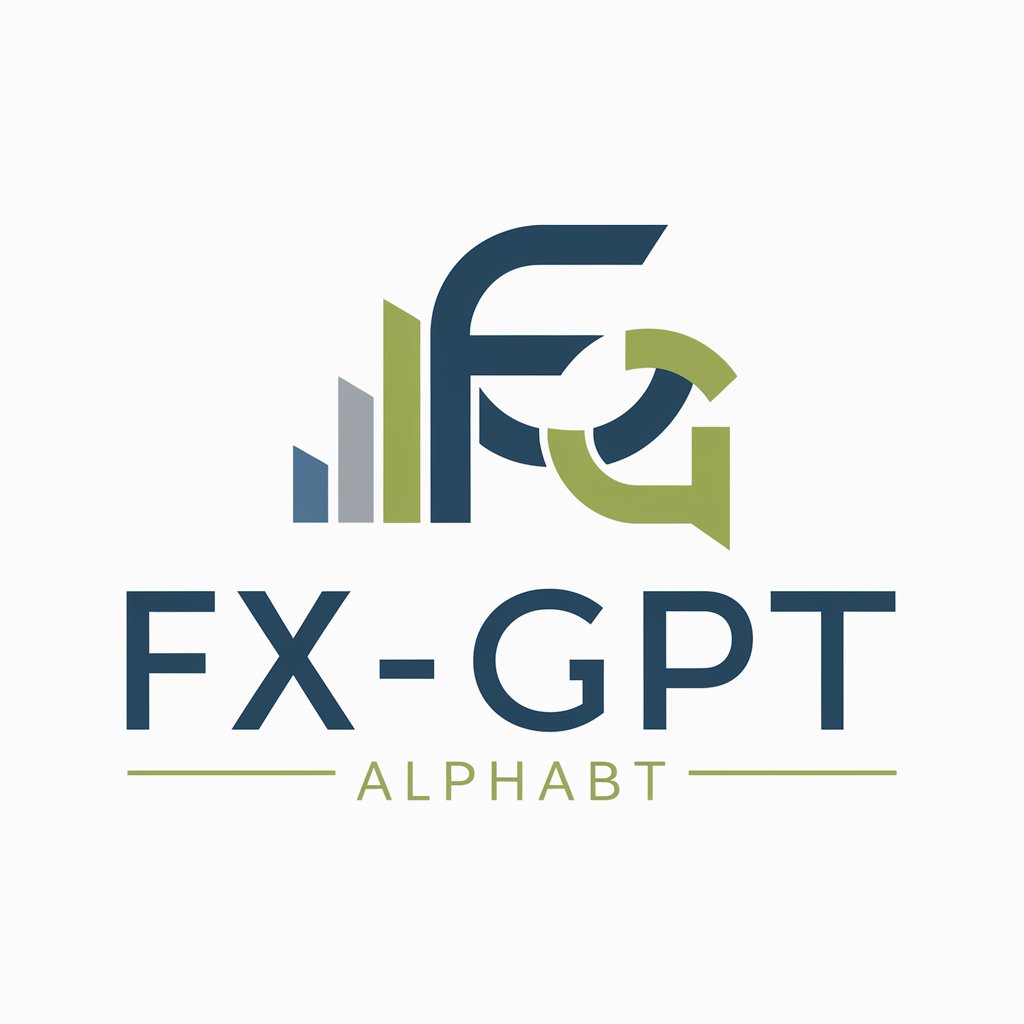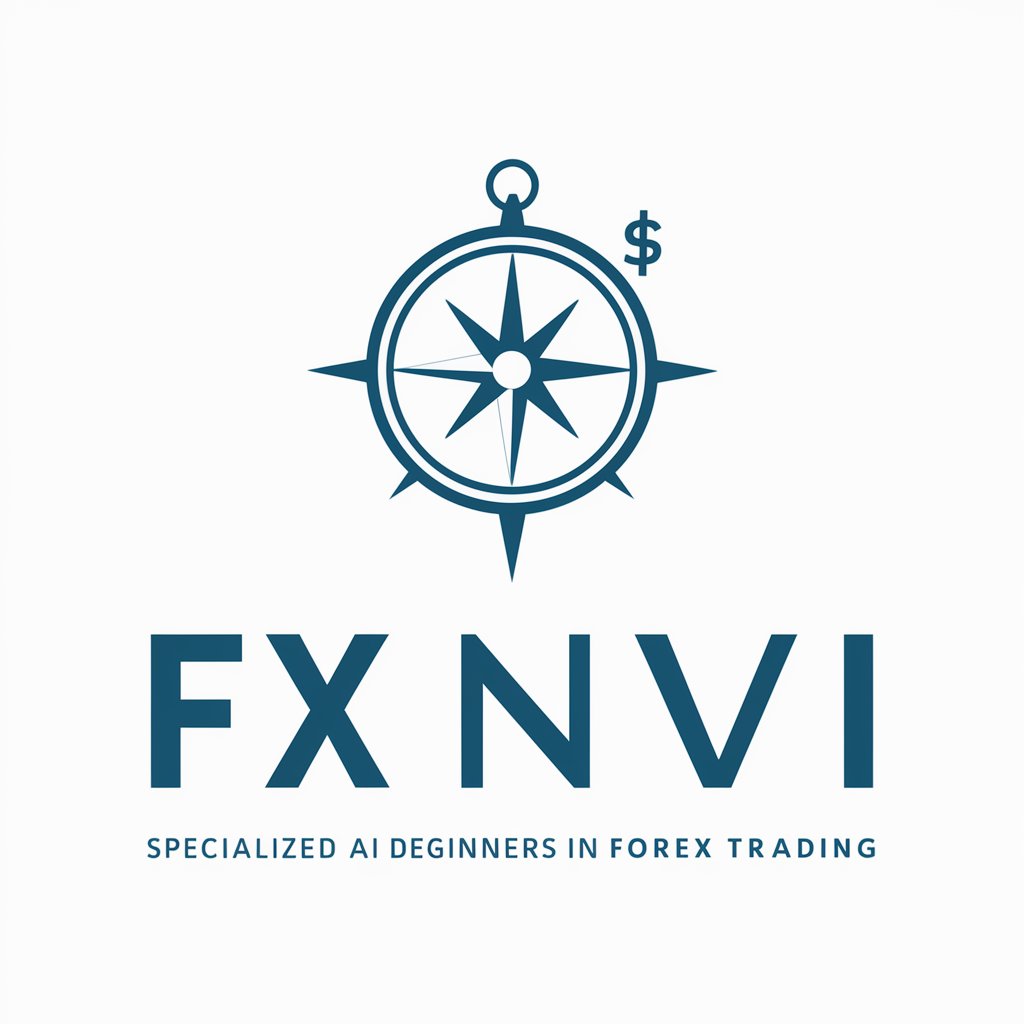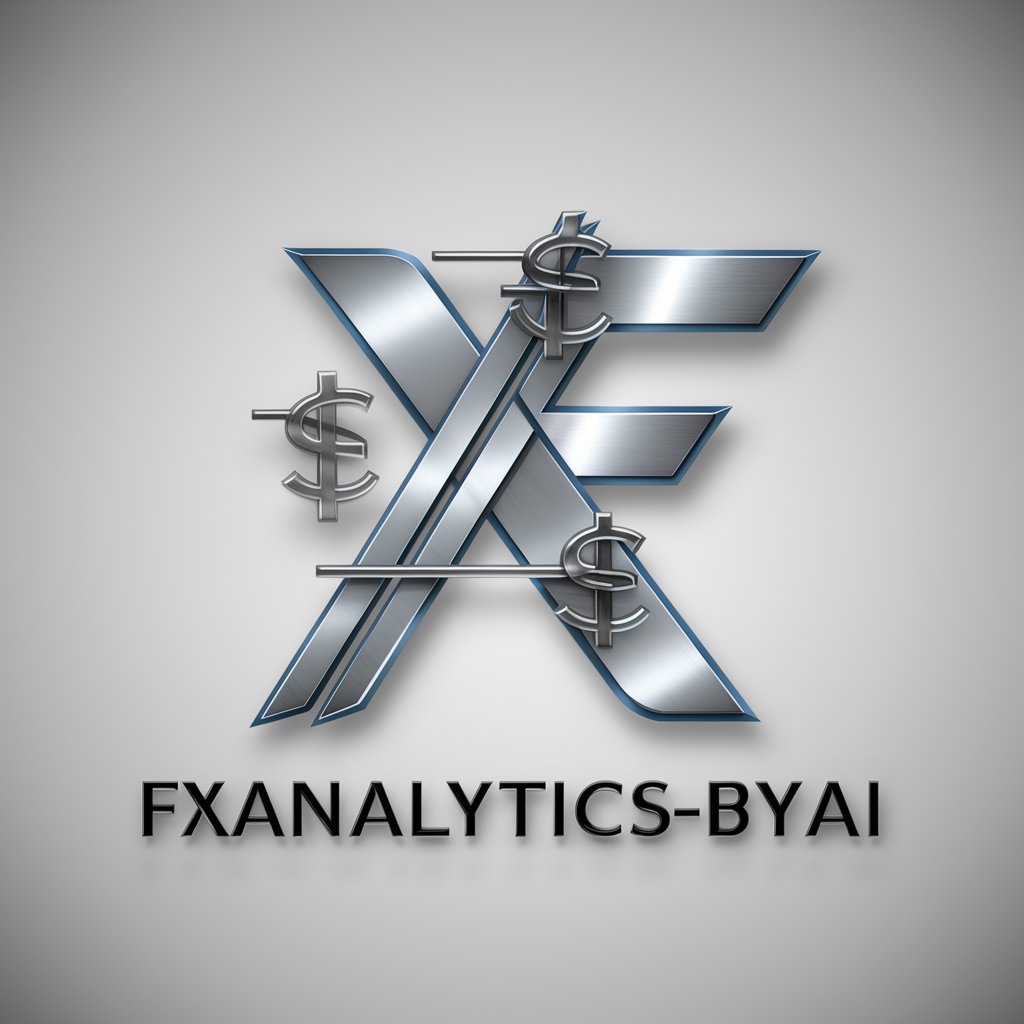
FX - Forex Market Insights
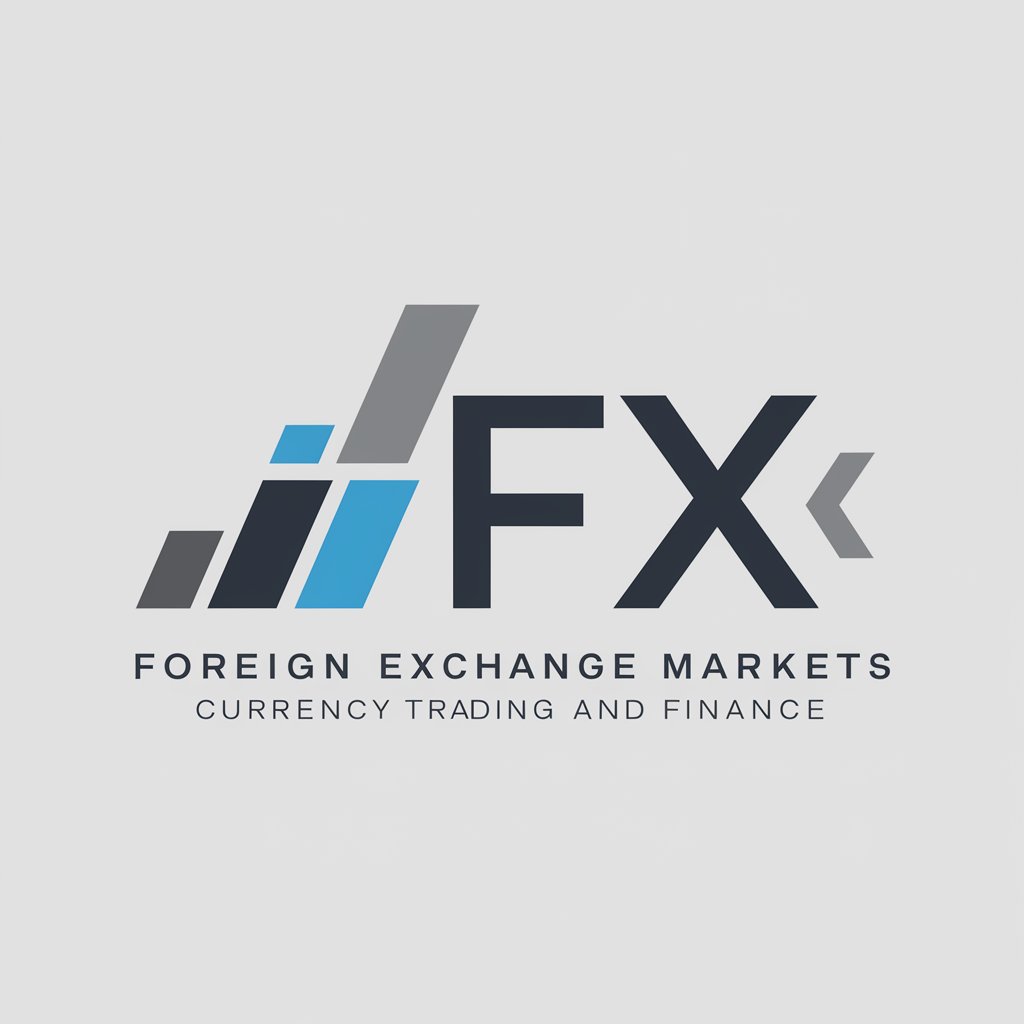
Welcome! I'm FX, your guide to forex markets and currency trading.
Empowering FX Trading with AI
Can you explain the concept of leverage in forex trading?
What are the major currency pairs traded in the forex market?
How does geopolitical instability affect currency values?
What is the difference between technical and fundamental analysis in forex trading?
Get Embed Code
Introduction to FX
FX, short for foreign exchange, is the global marketplace for trading national currencies against one another. It operates 24 hours a day, five days a week, and involves a wide network of financial institutions, corporations, governments, and individual traders. The primary purpose of FX is to facilitate international trade and investment by enabling the conversion of one currency to another. This market is characterized by high liquidity, meaning currencies can be bought and sold without causing significant price movements, and by its vast geographical spread, encompassing major financial centers around the world. For example, a U.S. company looking to import goods from Europe needs to convert its USD to EUR to pay the European supplier. This transaction would typically be executed through the FX market, highlighting its role in supporting international commerce. The FX market also serves as a platform for currency speculation, where traders aim to profit from fluctuations in exchange rates. Powered by ChatGPT-4o。

Main Functions of FX
Currency Conversion for International Trade and Investment
Example
A Japanese electronics manufacturer needs to convert JPY to USD to purchase semiconductor components from the United States. The transaction is facilitated through the FX market, enabling the manufacturer to pay its American supplier.
Scenario
This function supports global trade, allowing businesses to operate across borders by enabling them to conduct transactions in different currencies.
Speculation and Trading
Example
A forex trader anticipates that the EUR will strengthen against the USD based on economic indicators and decides to buy EUR/USD. If the EUR strengthens, the trader can sell the currency pair at a higher price, securing a profit.
Scenario
Traders use the FX market to speculate on currency movements, aiming to profit from changes in exchange rates. This involves analyzing economic, political, and market indicators to make informed trades.
Hedging Currency Risk
Example
An Australian wine exporter, concerned about potential AUD depreciation against the EUR, enters into a forward contract to sell AUD and buy EUR at a predetermined rate in the future. This strategy locks in the exchange rate, mitigating the risk of currency fluctuations impacting profits.
Scenario
Companies and investors use hedging techniques in the FX market to protect against unfavorable currency movements. By locking in exchange rates, they can ensure financial stability and predictability in international transactions.
Ideal Users of FX Services
Multinational Corporations
Companies operating on a global scale require currency conversion to conduct business in various countries. They benefit from FX services by managing trade-related payments, investments, and hedging against currency risk, ensuring smooth financial operations across borders.
Speculators and Traders
Individuals and institutions that aim to profit from currency price movements are significant participants in the FX market. They utilize various strategies and analytical tools to predict market trends and execute trades, making speculation a vital component of the market's liquidity.
Governments and Central Banks
These entities participate in the FX market to manage their countries' foreign exchange reserves, influence exchange rates through interventions, and stabilize their economies. Their actions in the FX market can have significant implications for global currency values.

How to Use FX Effectively
1. Start with a Trial
Begin by accessing yeschat.ai to explore its capabilities through a free trial, requiring no sign-up or ChatGPT Plus subscription.
2. Explore Features
Familiarize yourself with the platform's features and tools. This includes understanding the basics of foreign exchange markets, currency pairs, and how to analyze market trends.
3. Practice Trading
Use demo accounts or simulation features to practice trading strategies without financial risk. This helps in gaining practical experience and understanding market dynamics.
4. Stay Informed
Regularly check for updates on currency markets, economic news, and analytical reports. Staying informed helps in making educated decisions.
5. Use Analysis Tools
Leverage built-in analysis and prediction tools to assist in making trading decisions. Understanding how to use these tools can significantly enhance trading performance.
Try other advanced and practical GPTs
Correcteur Orthographique FR
AI-powered French writing assistant

FP GPT
Empowering Senior-Focused Marketing with AI

Expertag
Navigate Florida's DMV and insurance maze with AI-powered assistance.

Florida Custody and Civil
Empowering Legal Decisions with AI

Did You Know Video Email - Brokers
Engage and Educate with AI-Powered Video Emails

Joe Social
Empowering Content with AI Innovation

Foreign Exchange
Empowering Your Currency Trading with AI
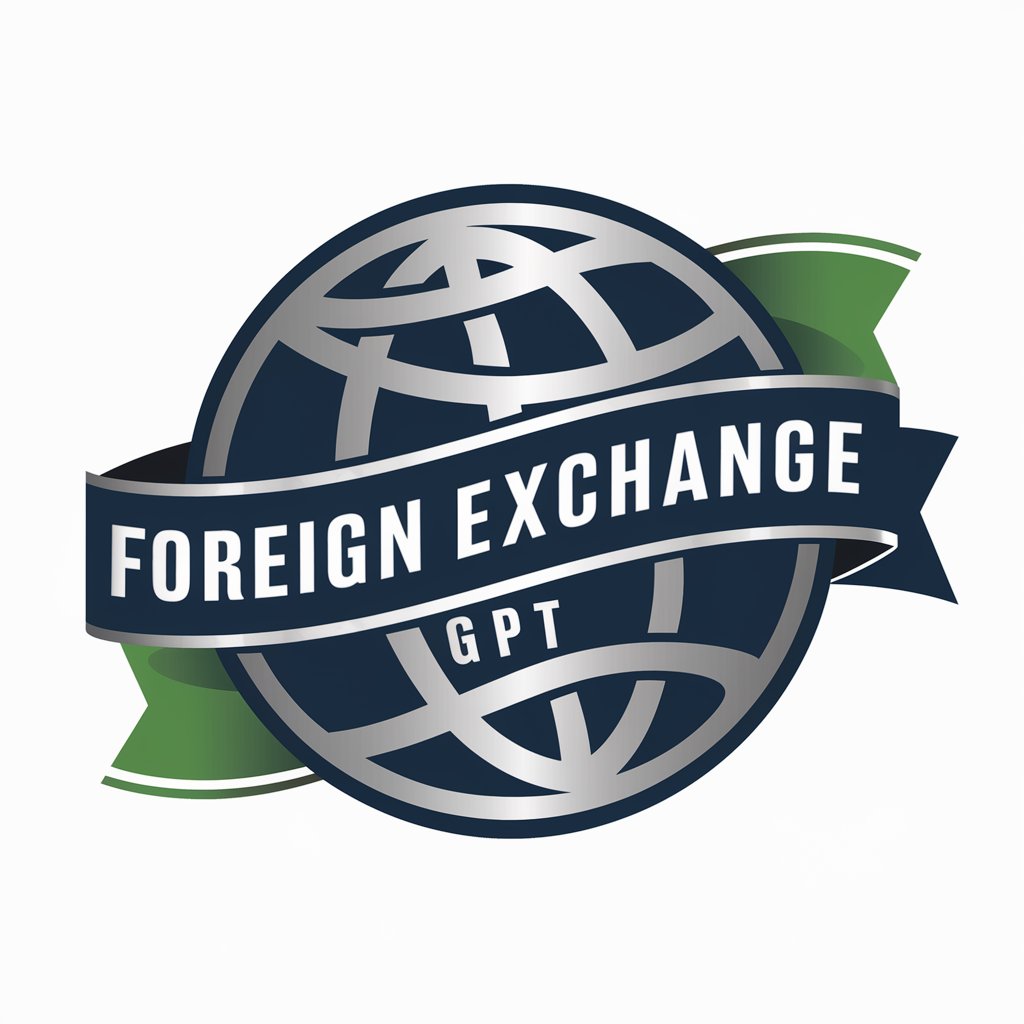
10K Top G Business Strategist
Empowering Your Social Media Success with AI

گپ با بابانوئل
Bringing Christmas Magic to Your Screen

Hard Drive
Unlocking Storage Solutions with AI

Backup Hard Drive
Secure your data effortlessly with AI-driven backup solutions.

Expert on He Jiankui's CRISPR Experiment
Deciphering CRISPR's Ethical Boundaries

Frequently Asked Questions about FX
What is FX and how does it work?
FX, or foreign exchange, refers to the global market where currencies are traded. It operates on the principle of buying one currency while selling another, with the aim of profiting from changes in exchange rates.
Who can trade in the FX market?
Anyone from individual retail traders to large institutions can trade in the FX market. However, successful trading requires understanding market analysis, risk management, and trading strategies.
What are the major currency pairs in FX?
The major currency pairs include EUR/USD, USD/JPY, GBP/USD, USD/CHF, AUD/USD, USD/CAD, and NZD/USD. These pairs are the most traded globally and are known for their liquidity and lower spreads.
How do I develop a trading strategy in FX?
Developing a trading strategy involves analyzing market trends, understanding technical and fundamental analysis, and setting clear risk management rules. Practice and continuous learning are key to refining your strategy.
What tools are essential for FX trading?
Essential tools for FX trading include charting software, economic calendars, news feeds, and trading platforms. Advanced traders also use automated trading systems and algorithms to execute trades based on predefined criteria.
